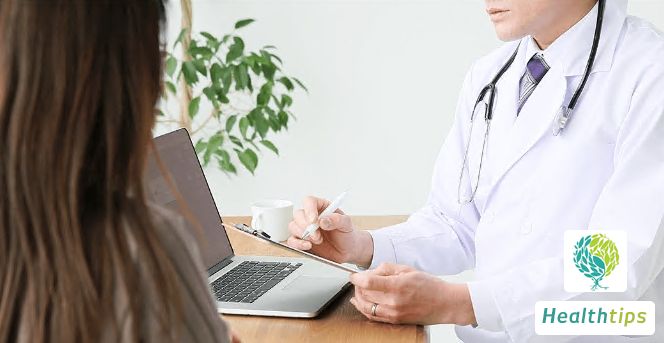What is the White Material That Comes Out When Squeezed from the Skin?
There are numerous hair follicles on our skin, which primarily serve to eliminate waste and excess fluids from the body. However, sometimes when we squeeze these hair follicles, white substances may emerge, often indicating the presence of acne, commonly known as pimples. Blockage of hair follicles can easily lead to acne outbreaks, which can be effectively alleviated through regular cleansing and the use of acne-treating products.

Here are some key aspects of acne management:
1. Daily Care
Wash your face once or twice daily with lukewarm water to cleanse the skin. Avoid squeezing or scratching pimples with your hands. Refrain from using oily, powdery cosmetics, and ointments or creams containing glucocorticoid.
2. Common Methods for Acne Treatment
(1) Topical Medications: Retinoids (such as tretinoin cream, adapalene gel, and tazarotene gel), benzoyl peroxide, antibiotics (like clindamycin, erythromycin, and chloramphenicol), azelaic acid, and sulfur cleansers.
(2) Oral Antibiotics: Tetracyclines (e.g., minocycline, doxycycline) are preferred, followed by macrolides (e.g., erythromycin). Antibiotics commonly used for systemic infections, such as levofloxacin, should be avoided. The typical antibiotic treatment course lasts 6 to 12 weeks.
(3) Oral Isotretinoin: For severe acne, oral isotretinoin is the standard and most effective treatment. The goal is to achieve a cumulative dose of at least 60mg/kg.
(4) Anti-androgen Therapy: Oral contraceptives such as compound cyproterone acetate tablets are suitable for moderate to severe acne in women with elevated androgen levels (e.g., hirsutism, seborrhea) or polycystic ovary syndrome. Oral contraceptives may also be considered for women with late-onset acne or acne that significantly worsens during menstruation.
(5) Oral Corticosteroids: Primarily used for fulminant or conglobate acne, they should be administered in short courses, at low doses, and combined with other treatments.
(6) Other Options: For patients who cannot tolerate or are unwilling to undergo pharmacological treatments, physical treatments such as photodynamic therapy (PDT), glycolic acid peel, and laser therapy may be considered.
3. Graded Treatment of Acne
(1) Grade 1: Typically treated with topical retinoids as the first choice.
(2) Grade 2: Combination of topical retinoids and benzoyl peroxide or antibiotics. Oral antibiotics may be added if necessary.
(3) Grade 3: Often requires combination therapy, with oral antibiotics combined with topical benzoyl peroxide and/or retinoids as the preferred option. Anti-androgen therapy may also be considered for female patients with indications.
(4) Grade 4: Oral isotretinoin is the most effective treatment and can be used as first-line therapy. For patients with numerous inflammatory papules and pustules, a systemic antibiotic combined with topical benzoyl peroxide may be used initially, followed by sequential treatment with oral isotretinoin once the lesions have significantly improved.



















